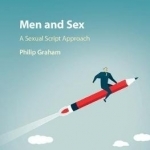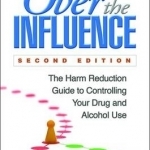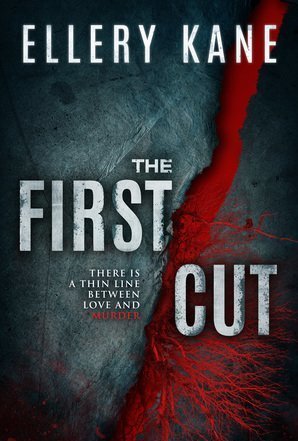
Gazza: My Story
Paul Gascoigne and Hunter Davies
Book
Almost as soon as Gazza burst on to the scene at Newcastle United, the young Geordie was the centre...

The Good Mood Kitchen: Simple Recipes and Nutrition Tips for Emotional Balance
Book
Revolutionize your personal cooking and eating habits for optimal energy, health, and emotional...

Men and Sex: A Sexual Script Approach
Book
Men and Sex provides a comprehensive yet accessible account of male sexuality by using the...

Modern Psychology and Ancient Wisdom: Psychological Healing Practices from the World's Religious Traditions
Book
Modern Psychology and Ancient Wisdom, 2nd edition, brings together experts who explore the use of...

Over the Influence: The Harm Reduction Guide to Controlling Your Drug and Alcohol Use
Patt Denning and Jeannie Little
Book
"Just say no" just doesn't work for everyone. Presenting a powerful alternate to abstinence-only...

Vedic Palmistry: Hasta Rekha Shastra
Book
Palmistry is an integral part of Jyotish practice (astrology) that helps to determine an...

Meditation 108 Bows
Health & Fitness and Lifestyle
App
Meditation 108 Bows is an application that helps do 108 bows easily in everyday life. When you do...

Calm App-Sleep Meditation,Breathe By Nature Sounds
Health & Fitness
App
Everyone has his own way of life style and simple habits, I can’t teach you how to meditate, and...

The First Cut
Book
There’s a thin line between love and murder. When “Love Doctors” Ian and Kate Culpepper are...
Fiction Thriller Crime Psychological Mental Health Obsession
